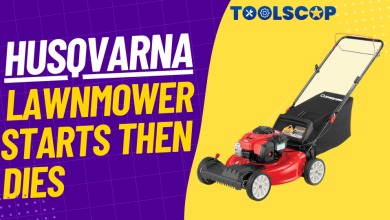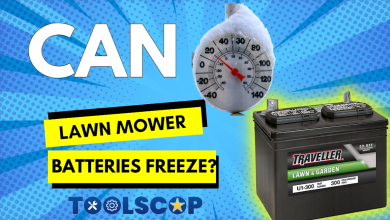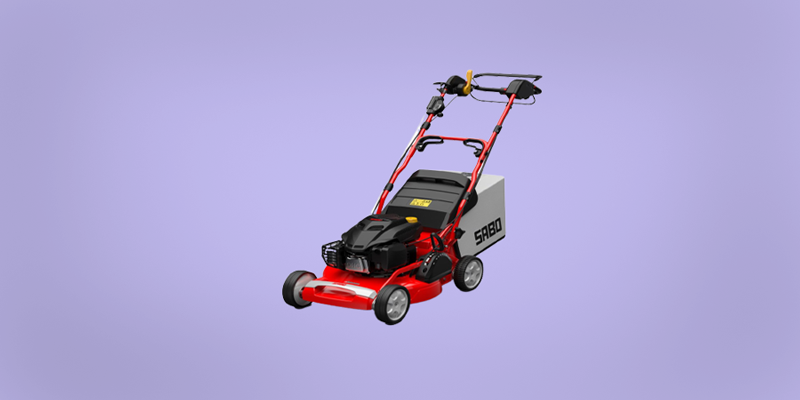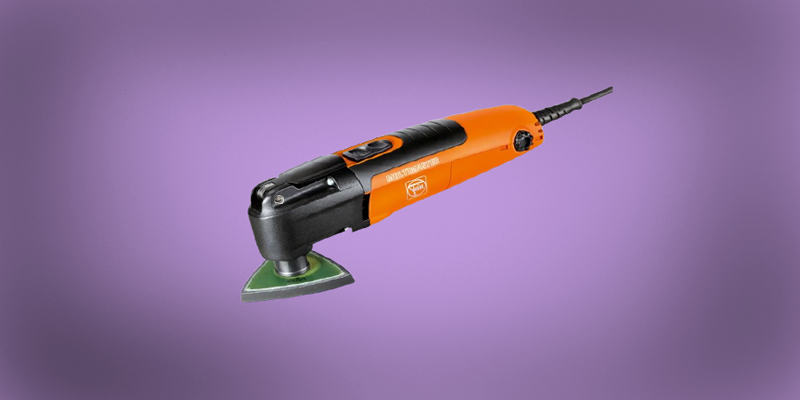How to Detach a Lawn with a Mower Attachment
Effortlessly Removing Your Lawn: A Step-by-Step Guide on Detaching with a Mower Attachment
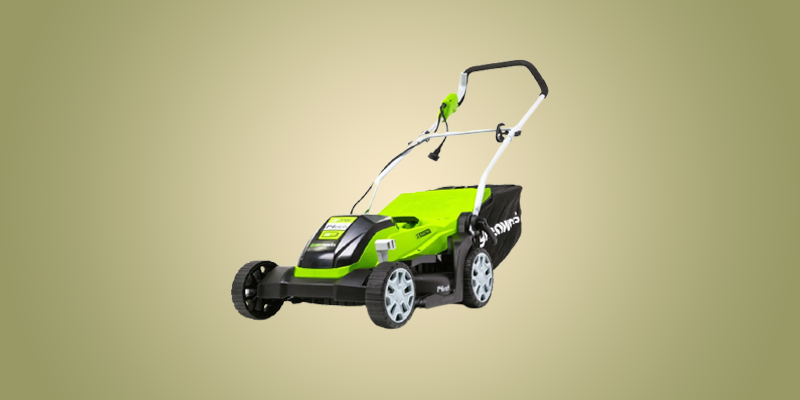
What’s better than having your evening tea on a beautifully maintained lawn and listening to the chunks of nature? If you are fond of maintaining and decorating your lawn, congratulations, you are spotted at the right place. Keeping the lawn spike isn’t much easy and is a detail-oriented procedure that is time-consuming. Do you also think your lawn is pretty much disloyal as no matter how much you care for them, it will let you stand on a point where one requires you to spruce it?
The growth of roots and grass follows a ritual and makes your lawn ugly over time. Do you have an evening outdoor gathering on your lawn this weekend, and all you got to know is that your lawn needs detaching? This is a necessary step to remove roots and dead grass that will leave behind beautiful-looking smooth textured grass. This task can easily be performed with the help of a good mower attachment.
This bracket blade aims to pull the thread or springs through the grass. This will pull up and pull out dead grass and roots as it passes around. After that, you must clean everything up. We’ve mentioned a detailed procedure defining how to detach a lawn with a mower attachment in this post. After reviewing many methods, we end up grabbing the procedure mentioned below in this guide.
How to Detach a Lawn with a Mower Attachment?
The following steps will help you perform the task more accurately without containing errors.
1.) Inspection of the Lawn:
Examining it is a good approach to see if you need to scarify it. The ground should be firm when you walk on it. However, if your feet have a mushy feel to them, you should try sharpening them. Fungus refers to the accumulation of dead grass on the lawn. You can also try out the surface barefoot. Remove your shoes and take a few random steps. The lawn is good if you can feel solid ground beneath your feet.
However, if your feet continue to sink into the grass, it’s time to mow it. Another alternative is to press your hands into the grass. The same concept should be applied to strength and set testing. If you’re happy with the results, you can postpone the task. Otherwise, have your lawnmower ready.
2.) Mowing the Lawn:
The height of the grass might influence the efficiency. Low grass is preferable, but tall grass must be mowed first. Keep in mind that the goal is to get rid of any dead grass above the ground. Halfway up the lawn, mow it. Then, using a rake, remove the grass blades that have been cut. You’re all set to scarify now.
3.) Attaching the Detach Blade:
You should remove the mower’s cutting blade. Tilt the device to the side to accomplish this. You can also lean the mower on the handle and use a hefty object to support it. Allow the gas to drain by removing the spark plug. With a wrench, continue to turn the mounting screw. Before removing the knife, please note where it is or marks the surface to see how it will fit on the cutting deck. It would be helpful if you were aware of this to avoid confusion regarding confirmation.
Remove the knife and replace it with the marking knife attached to the mower shaft. Check to see if the springs are pointing down. The mower’s attachments are comparable to those seen on regular lawnmowers. They do, however, have a tiny change in the form of metal or plastic pegs that hang down. Tighten the screw when you’re confident the item is correctly fitted before replacing the spark plug.
4.) Removing The Yard:
Increase the height of the cutting deck by adjusting the settings on your cutting equipment. After that, you can resume mowing as usual. The springs on the freshly fitted blade will remove dead grass and roots as you pull and push the mower back and forth. When you’re finished, re-adjust the tire’s height and repeat the process to eliminate any remaining feeling.
5.) Reattaching the Blade:
It’s time to replace the slats now that the thatched roof is complete. You should repeat steps one and two but in the opposite order. Set aside the lawnmower and rake up any excess straw. With the clipboard, collect it and toss it in the compost heap. Alternatively, you can place the organic waste in plastic bags and dispose of it in a dustbin.
6.) Covering The Patches:
After you mow your grass, you will not like how it looks. It appears that someone dug up something and didn’t pay attention to the grass. There’s no need to be concerned because gardens always recover fast. On the other hand, mowing might leave bald places in your landscape, which can be unsightly. Repairing it with a patch product is a straightforward method.
7.) Fertilizing Or Watering The Lawn:
It’s a good idea to water and fertilize the garden regularly after accomplishing the repair. Distribute the manure evenly throughout the lawn. The grass will come back after about three weeks. Prepare for the spring season by laying the groundwork. Grass grows rapidly during this time of year. There is also enough moisture in the soil to promote the growth of fresh grass.
When Is The Ideal Time To Detach My Lawn?
To begin, consider that each lawn’s period is different. It depends on your region, garden soil, season, grass type, and other factors. But you’ve come to find out when the optimum time is to rip up lawns and how to do it quickly and effectively using mowers. To get right to the point, spring is an excellent time for everyone to ventilate and ventilate their lawns. In short, airing and trimming take approximately the same amount of time.
If you want to plant new gardens or replant old lawns, the best time to scrape the lawn is during active lawn development, when the lawn may recover faster than at other times of the year. Kentucky bluegrass prefers to grow in the cooler months, so you’ll have to rip the lawn up in the spring or late summer in the spring and early fall.
If you have Zoysia, Bermuda, or St. Augustine grass in your garden, aerate or mow it in the summer because this is when they grow best. If your garden is slow or focused, never mark the grass; it can be more damaging than recuperating. The challenge now is how and what attachments I will need to polish and improve my garden.
Some Other Techniques To Perform The Detaching:
You have a variety of additional options if you don’t want to use the reed knife. To cut, all you need is a rake. Of course, this requires a little more effort and is less efficient. You can, however, jump by hand. A marker is also available for rent or purchase. Above all, mowing a lawn with a lawnmower blade is the quickest and easiest method. They are designed specifically for this purpose and are excellent for tillage. It’s simple. I hope you find this beneficial.
Advantages and Disadvantages of Lawn Detachment:
Reeds form a covering around the roots of the growing grass that is roughly an inch thick (2.5 cm). Automatically removing those from below takes a long time. Your lawn may suffer as a result of this. The soil receives enough oxygen, water, fertilizer, and other nutrients after your lawn has been trimmed. It also allows the grass to breathe. Your garden will also look better if you direct it. To cut the grass in your garden, you must first mow it down.
Mow these grasses down to a smaller size with your lawnmower. When you shake your Yard, tall grass will not disturb you. First, purchase a reed knife that you may use with your lawnmower. You can now purchase basket products at almost any hardware store. They aren’t prohibitively pricey. A basket knife costs between $15 and $20. Purchase one to improve your experience. For walk-behind lawnmowers, the Arnold Deluxe Universal Unloading Blade is ideal.
